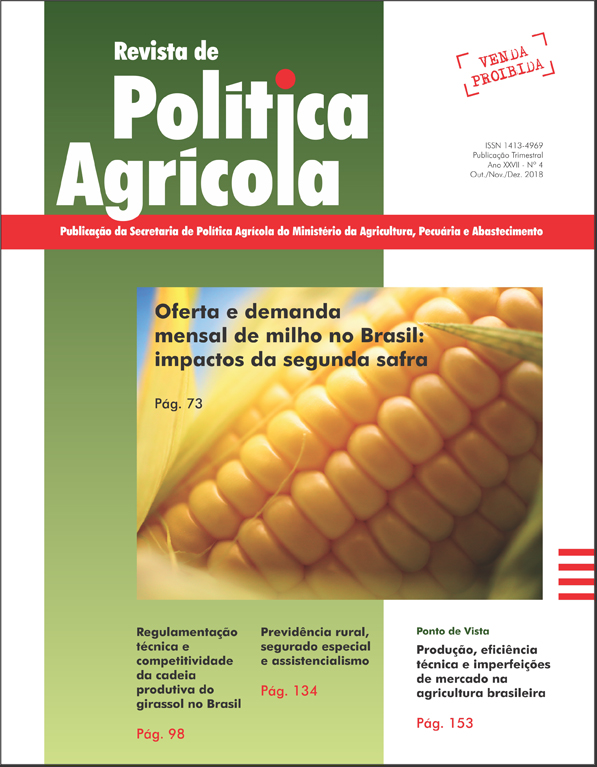Rural social pension insurance, special insured and assistencialism
Keywords:
social welfare, agricultural economy, rural worker.Abstract
This paper aims to analyze the Brazilian Rural Social Security and its influence in social security spending considering the national agricultural scenario and its complexity. In 2017, the rural pension balance closed in debit of R$110.7 billion, the highest value since 2003. With the aging of the Brazilian population, retirement rules may become progressively incompatible with the new demographic reality. In addition, in Brazil, most of the rural beneficiary population is defined as a special insured, which means receiving retirement without having contributed compulsorily. Unlike the urban population, most of the rural benefits were granted through legal proceedings, which expresses the fragility of the system. It is believed that there was an expansion of social security expenditures without the direct link with the performance of activities in the field. When regionalized the study, it is noticed that a great part of the rural benefits were concentrated in the Northeast, region that comprises 60% of the extreme poverty in the rural environment. Thus, the article reinforces the need to separate what is “welfare policy” from what is “social security planning” of a contributory nature.Downloads
Published
2019-06-13
How to Cite
Maranhão, R. L. A., & Vieira Filho, J. E. R. (2019). Rural social pension insurance, special insured and assistencialism. Revista De Política Agrícola, 27(4), 134. Retrieved from https://rpa.sede.embrapa.br/RPA/article/view/1468
Issue
Section
Artigos Científicos


